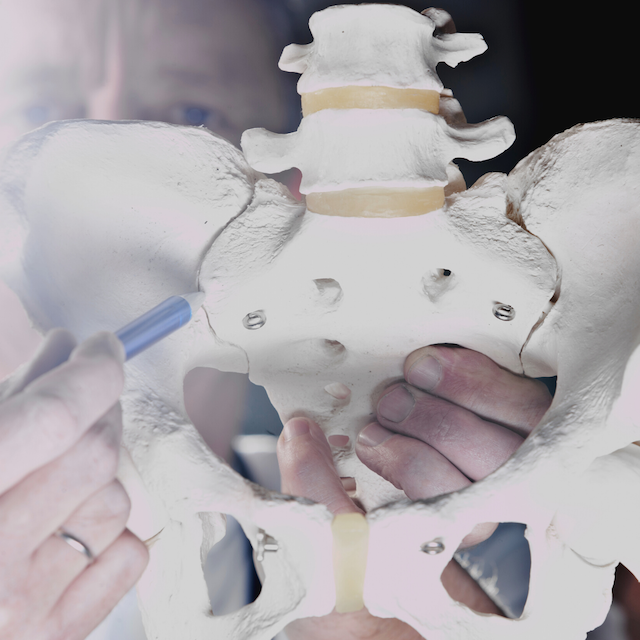The Best exercise for Sacroiliac pain
WHAT IS THE BEST STANDING EXERCISE FOR SACROILIAC JOINT DYSFUNCTION
If you’ve ever taken a Pilates, Barre or Sculpt class you’ve definitely been challenged with getting on all fours and lifting your leg out to the side like you are p**ing on a fire hydrant….you thought this was only done by male dogs! Well, move over Fido, you are about to get to put a torch to your peaches!
THE STANDING FIRE HYDRANT
The action of the fire hydrant exercise is to extend and externally rotate the hip which acts to strengthen the gluteal complex. As was mentioned in the two SI joint reels prior to this 3rd exercise, muscle activity of the low back, glutes and abdominals assist in the muscular force needed for the sacroiliac joint to stay stable. Stability of these joints plays an integral role in transmitting forces from the trunk to the lower extremities.
WHAT DOES SACROILIAC JOINT PAIN FEEL LIKE?
“I’m bringing sexy back” by Justin Timberlake points to those two dimples on the sides of your lower back. They are called the Dimples of Venus but when they aren’t in love they can wreak pain. Typical SIJ pain feels sharp, somewhat stabbing locally especially when taking a step wrong.
STANDING VS ALL 4S FIRE HYDRANT
The standing position is a slightly more modified position and would be considered a bit easier to perform than when on all 4s and it would be considered more functional since you spend the majority of your time weight shifting over 2 legs.
WHY USE A RESISTANCE BAND
Banded exercises are a great way to add sustained resistance to help improve strength. Gradually increasing the “weight” of the band will result in overall improvement of strength, power and control over the muscle(s) you are working.
HOW TO PERFORM THE STANDING FIRE HYDRANT
Loop a resistance band of choice around your knees.
Hold a wall or a stick (or a DIY broom handle) in one hand
Shift your body weight onto the leg of the side of the hand that is holding the stick or wall
Contract your abdominals to brace your core and lift the leg slightly backwards and outwardly rotated.
With small pulses against the end resistance continue until you feel a fatigue in your hip and glute.
The Sacroiliac joints rely on an entire fascial, muscular and ligamentous network of forces to keep it stable yet mobile enough to be able to withstand the shifting of forces from above to below.
Let me know how this one goes! Thumbs up to Fido!


